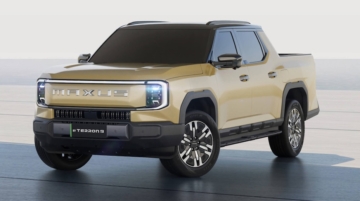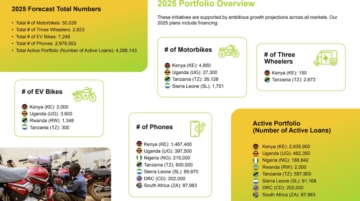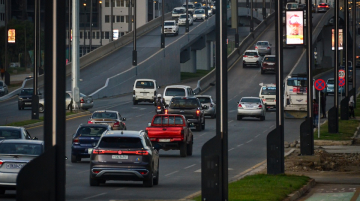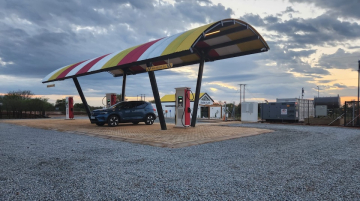
Uber is deploying compact electric vehicles from China, introducing a fully electric ride-hailing option to the South African market.
At the center of the rollout is the Henrey four-seat minicar, imported by Valternative Energy, a South Africa–based clean-mobility company. Valternative, which previously partnered with Uber on its electric motorbike program, is now expanding that collaboration through the launch of Uber Electric.
Valternative’s chief executive, Mohamed Jeewa, said it took time to persuade drivers to embrace the shift. One of the biggest hurdles, he noted, was helping them understand that once they switch to an electric vehicle, their daily operating costs virtually disappear. Many last-mile drivers work on tight budgets, beginning each morning with a set amount of cash for fuel; when that money runs out, their workday ends. EVs, he said, eliminate that cash-flow strain.
At the Johannesburg launch on November 24, Uber’s General Manager for sub-Saharan Africa, Deepesh Thomas, said the company plans to expand EV use to several more cities across the region. Instead of purchasing vehicles, drivers will be able to rent them and rely on charging infrastructure supplied by Valternative, which will also manage the fleet and provide ongoing support.
The new electric rides will be priced at the same level as Uber’s budget tier, rather than at a premium. The service is starting with roughly 70 vehicles in Johannesburg, with plans to scale to 350 by early 2026.
As South Africa begins deploying the Henrey minicar, the model is hardly new to the region. It has been in use in Kenya’s ride-hailing sector for nearly a year, helping drivers save roughly $25 a day in fuel costs.
The vehicles are not sold outright but leased to drivers, and the leasing companies typically recover their import costs within 2 years through daily rental fees.
WHY IS THIS IMPORTANT? South Africa is the continent’s largest vehicle market, and the success of these minicars in its ride-hailing sector could help accelerate EV adoption in other countries. By introducing the vehicles on its platform, Uber may be giving them their most effective showcase yet. It could also help lower transportation costs for budget-conscious riders throughout the region.








